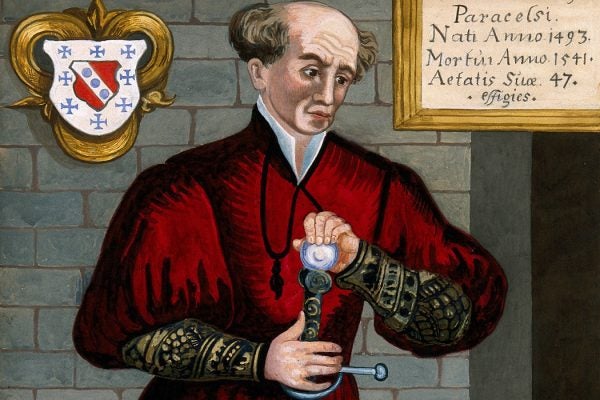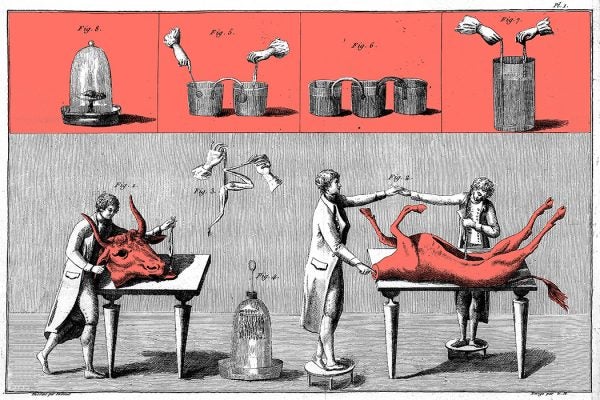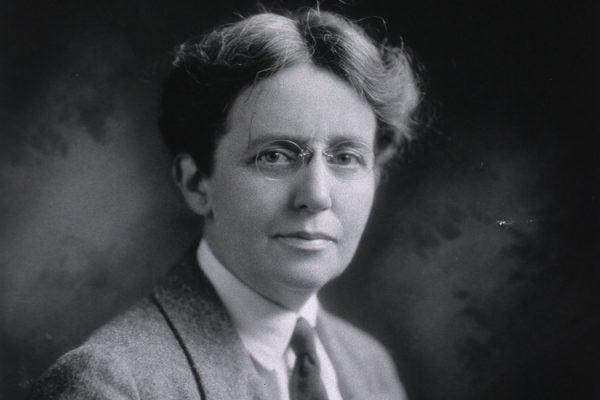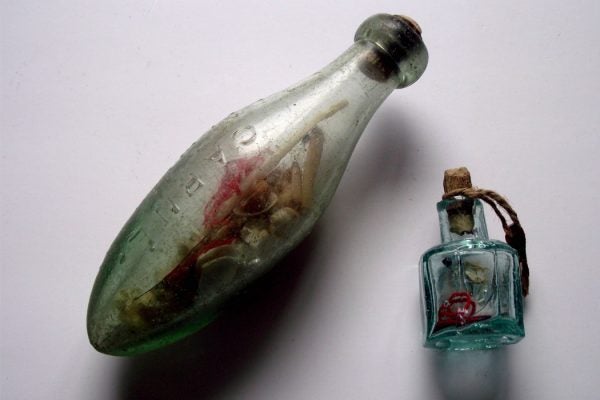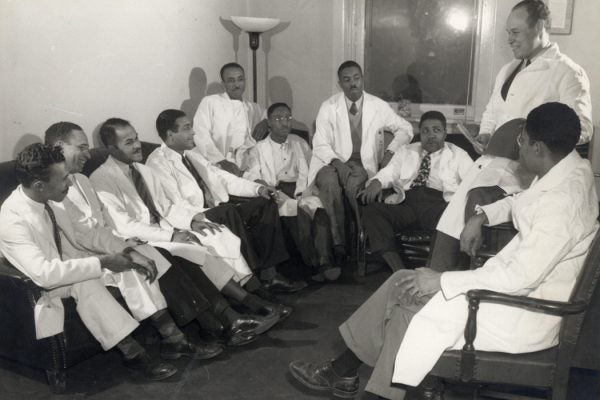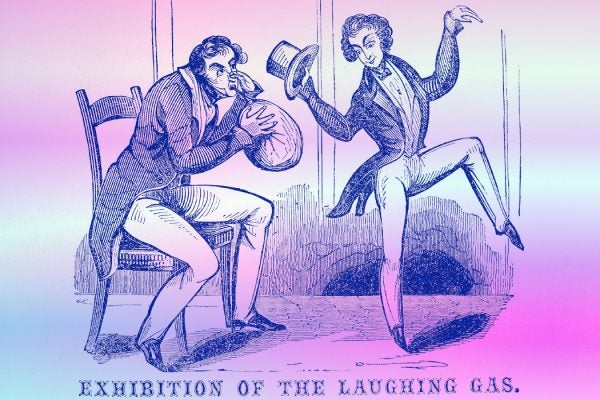The Occult Remedy the Puritans Embraced
Why did the Puritans embrace a medical treatment that looked suspiciously like black magic?
Will Reanimating Dead Brains Inspire the Next Frankenstein?
In recent experiments, scientists brought back cellular functions to the brains of dead pigs, recalling early galvanism.
To Reduce Infant Mortality, Train the Babysitters
“Little Mothers’ Leagues,” a program started by Dr. S. Josephine Baker at the turn of the last century, taught school-age girls to care for babies.
Is Burnout Really a Disease?
Perhaps, instead of thinking of burnout as a disease to be dealt with at the individual level, we might collectively address it as a social problem.
Is There a Witch Bottle in Your House?
In the 16th-18th centuries, vessels filled with nails, thorns, hair, and other materials, were used as a form of ritual protection against witches.
The Codpiece and the Pox
A brief history of the codpiece, that mysterious garment favored by 16th-century gents who just may have been covering up their cases of syphilis.
The 1910 Report That Disadvantaged Minority Doctors
A century ago, the Flexner Report led to the closure of 75% of U.S. medical schools. It still explains a lot about today’s unequal access to healthcare.
The Drone Will See You Now
As drones become normalized, companies like Zipline are using them to deliver life-saving medicines to faraway places.
How Medical Researchers Used to Party
There’s always been some fuzziness in our distinctions between medicine and recreational drugs. Just look at nitrous oxide.
